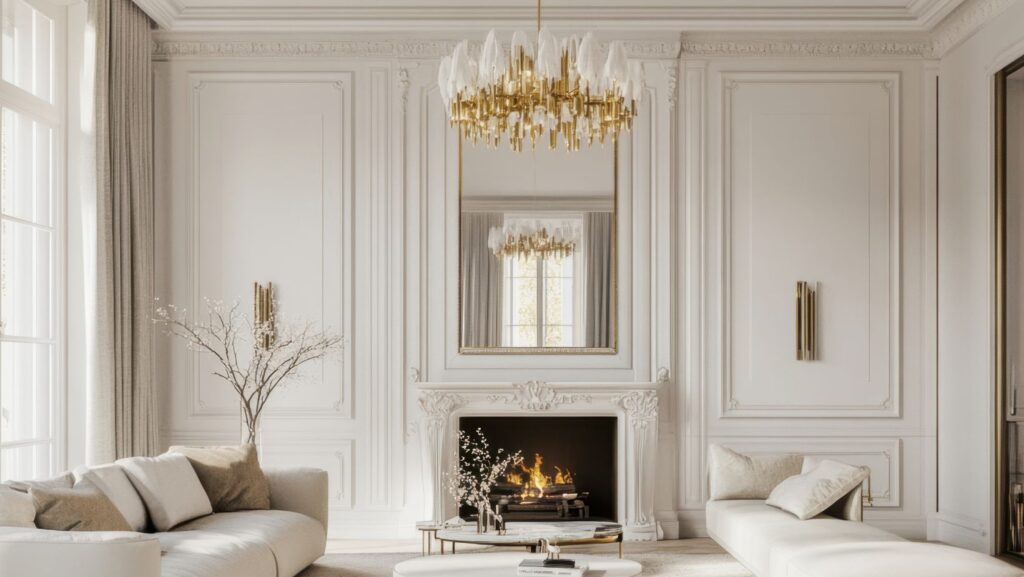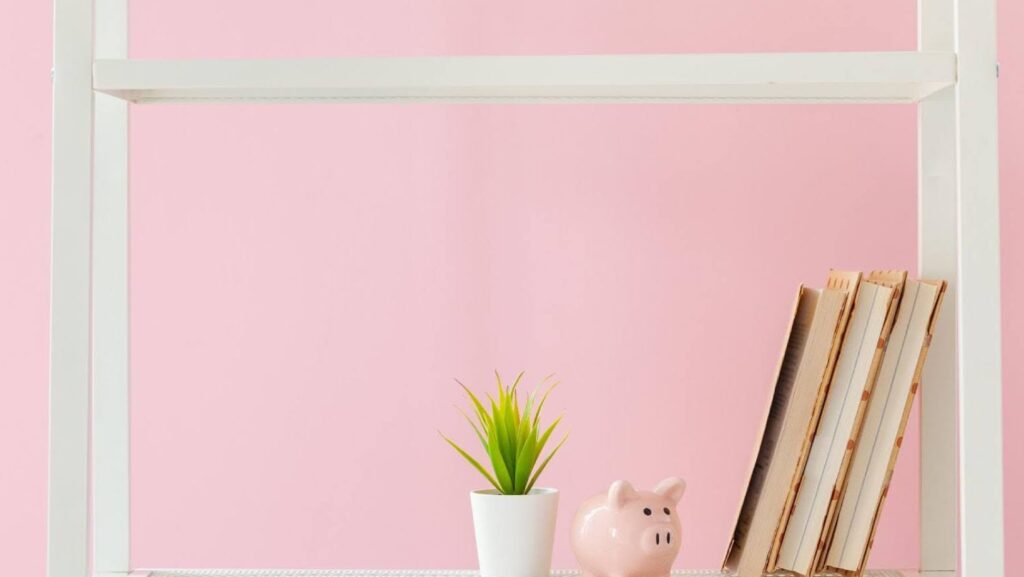In today’s economy, finding ways to live comfortably on a budget has become more important than ever. Whether you’re settling into your first apartment, moving into a Section 8 rental, or simply trying to cut down on costs, creating a home that feels warm and functional doesn’t need to drain your wallet. Affordable living is not just about finding a low-cost place to stay—it’s also about making the most of what you have and being intentional with your purchases.
This guide explores the key budget-friendly essentials every household should consider, from furniture and décor to kitchenware and storage. With the right approach, you can transform even the smallest or most modest home into a space that feels inviting, organized, and uniquely yours—without overspending.
1. The Philosophy of Affordable Living
Before diving into products and shopping strategies, it’s important to understand the mindset behind affordable living. A budget-friendly lifestyle prioritizes value, durability, and multipurpose use. Instead of buying the cheapest item available, affordable living means finding items that are both cost-effective and long-lasting.
Affordable housing programs, such as those supported by Section 8 vouchers, provide an essential foundation for families across the country. But once housing is secured, the next step is creating a livable, welcoming environment that supports daily life. That’s where smart spending on home essentials comes in.
2. Furniture That Works Twice as Hard
Furniture is often the largest expense when setting up a home, but it’s also where you can save the most money by thinking strategically.
- Multipurpose pieces: Consider futons, sofa beds, or ottomans with hidden storage. These pieces serve more than one purpose, saving you space and money.
- Flat-pack and resale options: Affordable retailers and secondhand marketplaces offer excellent bargains. Many gently used pieces cost a fraction of their original price.
- DIY upgrades: A coat of paint or new hardware can breathe life into older furniture. Instead of replacing, consider repurposing.
By focusing on pieces that are versatile, you ensure your home adapts to changing needs without requiring constant purchases.
3. Kitchen Essentials on a Budget
A well-equipped kitchen doesn’t need to come with a hefty price tag. With a few essentials, you can cook nutritious meals and avoid overspending on takeout.
- Basic cookware set: A medium saucepan, large skillet, and stockpot are enough for most meals. Look for non-stick or stainless steel sets from discount retailers.
- Essential tools: A cutting board, sharp chef’s knife, mixing bowls, and measuring cups should be at the top of your list.
- Small appliances: A slow cooker or air fryer can save both time and money by helping you prepare affordable, home-cooked meals.
Cooking at home is one of the easiest ways to stretch your budget, and the right essentials make the process much easier.
4. Storage Solutions for Small Spaces
One of the challenges of affordable housing is limited space. Clutter can quickly make a home feel smaller and more stressful, so investing in storage is essential.
- Over-the-door organizers: Perfect for shoes, cleaning supplies, or toiletries.
- Stackable bins: Clear plastic containers make it easy to see and access items.
- Floating shelves: An inexpensive way to add vertical storage without taking up valuable floor space.
Organizing your home not only saves time but also reduces the temptation to buy duplicates of items you already own.
5. Affordable Décor That Feels Personal
Decorating on a budget doesn’t mean sacrificing style. With a few low-cost touches, you can bring personality into your home.
- Textiles: Throw blankets, cushions, and area rugs instantly make a room feel cozier.
- Plants: Even a couple of low-maintenance houseplants can brighten up a space.
- DIY art: Framing family photos, printing free online art, or creating your own pieces are all budget-friendly ways to personalize your space.

The goal is not to create a “perfect” home but one that reflects your personality and feels comfortable.
6. Energy Efficiency for Long-Term Savings
Living affordably isn’t just about upfront costs—it’s also about lowering your monthly bills. Small, budget-friendly upgrades can reduce energy use and save you money over time.
- LED light bulbs: They last longer and consume less energy than traditional bulbs.
- Weather stripping: A few dollars spent sealing windows and doors can significantly reduce heating and cooling costs.
- Smart power strips: These reduce “phantom” energy drain from electronics.
Simple, low-cost energy adjustments not only help your budget but also contribute to a more sustainable lifestyle.
7. Shopping Smart: Where to Find Deals
Knowing where to shop is half the battle. Big-box discount stores, local thrift shops, and online resale platforms often provide the best bargains. Seasonal sales, clearance events, and coupon apps can also cut costs dramatically.
For households moving into Section 8 Listings properties, sticking to a budget is especially important. Affordable home essentials allow families to direct more of their income toward long-term goals like savings, education, or healthcare.
8. The Role of Mindset in Affordable Living
Affordable living is as much about habits as it is about items. Building a home on a budget requires patience, creativity, and the willingness to prioritize. It’s about distinguishing between needs and wants, and knowing when to wait for the right deal.
This mindset also encourages sustainability—reusing, repurposing, and buying only what you truly need. These habits not only save money but also help reduce waste, aligning affordability with responsibility.
9. Creating Comfort Without Overspending
At its heart, affordable living is about creating a safe, comfortable space for you and your loved ones. Comfort doesn’t come from expensive furniture or designer décor—it comes from the way a home supports your daily life. A well-stocked kitchen, a tidy living space, and thoughtful décor can make any home feel like a haven.
By choosing budget-friendly essentials wisely, you build an environment that nurtures both financial stability and emotional well-being.
Conclusion
Affordable living is not about doing without—it’s about doing more with less. By investing in multipurpose furniture, essential kitchen tools, smart storage solutions, and energy-efficient upgrades, you can create a home that feels complete without overspending. For families navigating affordable housing or Section 8 rentals, these strategies make it possible to stretch every dollar further while still enjoying a space that feels personal, organized, and comfortable.
The essentials outlined here are not just about surviving on a budget; they’re about thriving in a home that reflects your needs and values. With the right approach, affordable living becomes an empowering lifestyle choice, opening the door to stability, comfort, and peace of mind.
